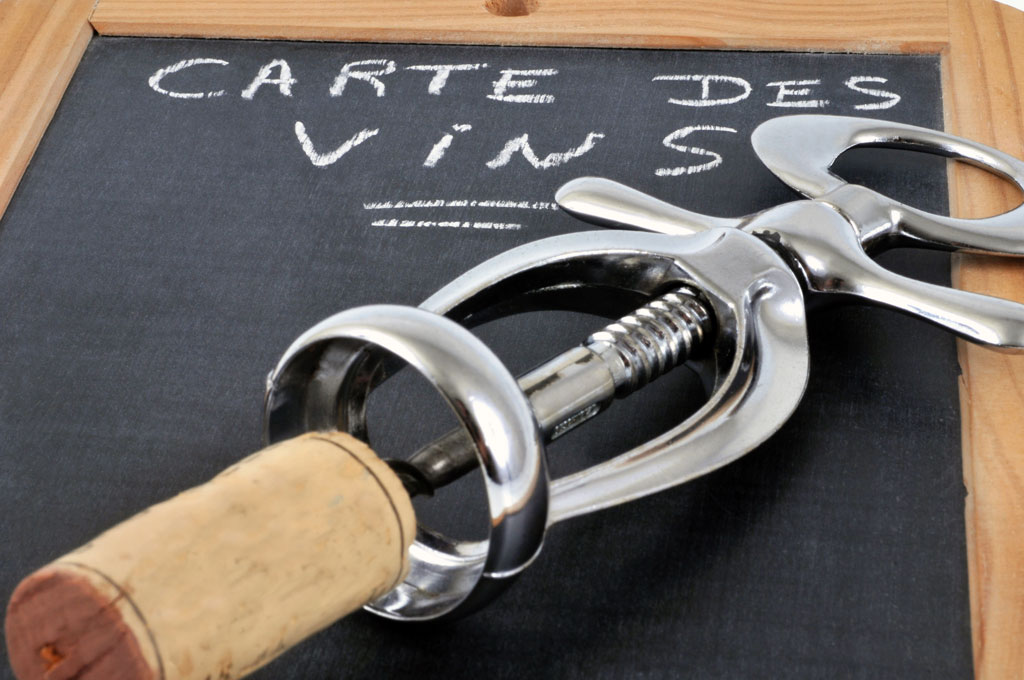Frank messages delivered at VIWF Symposium

The advice and opinions offered by the panel at the Vancouver International Wine Festival’s 2019 Symposium: Canada’s Place in Key Wine Markets should help hone Canadian producers’ strategies for developing export markets – and improve quality and competitiveness in domestic markets.
The panel was comprised of six well-regarded wine personalities:
· Janet Dorozynski, Global Affairs Canada
· Jamie Goode, Wine Anorak
· Nik Darlington, Red Squirrel Wines, London
· Sebastien Le Goff, Cactus Club Café
· Christine Coletta, Okanagan Crush Pad/Haywire Wines
· Jon Bonné, Punch Magazine/The New California Wine (panel moderator and VIWF 2019 keynote speaker)
Below is a distillation of the frank messages delivered by the panel, and why they resonate for the development of Canadian wine.*
· Much of the world doesn’t know that Canada makes wine. Exporters should focus on and target the markets that demonstrate openness to new wines from new countries. Be selective about markets: Canadian wine volumes are too small to be everywhere. Canada’s three largest export markets – aligned with Canada’s export strategy – are China, the United States and the United Kingdom, in that order. While Canada produces 50 million litres of bottled wine, at present only 2 million litres are exported (4%). London is Canada’s “most dynamic wine market.” (Janet Dorozynksi)
· Many Canadian wines are very good quality, some are “shit”. Lead with the best on international markets. Canada’s brand equity needs to be kept concise for international awareness and understanding. It needs to be based on an honest identity, and a distinctive style. A statement of Canada’s wine identity would be: “Authentic wines with a cool-climate sensibility.” (Jamie Goode)
· UK buyers/consumers think of Canadian wine as “esoteric”, but they are curious, and there is goodwill in the UK for Canadian wine. Take a premium approach (£10+ per bottle) when introducing Canadian wine to the London market, to establish the desired perception among influencers and consumers. Other countries who started with a supermarket strategy continue to struggle to move to premium pricing and identity. (Nik Darlington)
· In opening an international market, lead with one or two wines, and be honest and creative with your brand. For example, natural wines (or raw wines) are of niche interest in the UK (Okanagan Crush Pad is attending Raw Wine Fair 2019). Be prepared to offer FOB pricing - to be successful in international markets, the price per bottle is much lower than producers have come to expect at the BC/Canadian cellar door. Work with a merchant in the market that has a complementary portfolio and understands how to market and sell the unique identity of Canadian wine. (Christine Coletta)
· When it comes to benchmarking Canadian wines against imports in our domestic markets, there is more support by Canadian consumers for domestic wines than a decade ago (both Ontario and British Columbia). Even though many Canadian wineries sell their entire inventory in domestic markets, they rightly face stiff competition from imports on restaurant lists, in part due to cost. Domestic loyalty does not guarantee presence in on-premise establishments: it is healthy for Canadian wines to compete against imports, otherwise there is limited incentive to improve quality. (Sebastien Le Goff)
Why are these frank comments significant and helpful for Canadian wineries? In general, they distil a thoughtful and strategic approach to building resilient markets inside and outside the country.
Two apparently contradictory themes underlie comments made by the panellists: nascent Canadian exporters may be less bold than they need to be at promoting and creating space for Canadian wines on the world stage; on the other hand they may be too complacent about the quality/value nexus due to high prices and near-complete annual sell-through in domestic markets.
Competition for the wine consumer’s attention – and “share of wallet” – are a good thing for Canadian wines, both within Canada and in markets where they are making inroads. This can help sharpen viticulture, winemaking and marketing, and contributes to an evolving wine culture.
While Canada’s wine production and export capacity are dwarfed by the giants of the Old and New World (Italy, Spain, France, the United States, Australia), a sound strategy for many wineries is to diversify their sales channels. This will help absorb shocks if one part of their domestic market is at risk (e.g. trade challenge results in more costly delivery or less advantageous retail environment). It will also truly test Canadian quality against the international competition, and what is learned through that test will encourage quality improvements.
Last but not least, Canadian presence in key international wine markets, especially influencer hubs like London, should leverage that curiosity noted by Nik Darlington and draw wine tourists to discover Canada’s established and new wine regions from coast to coast, enhancing the virtuous cycle of influencer attention, consumer awareness, desire to try the wines, and then to visit – and spend net new dollars in – the unique wine regions producing these “authentic wines with a cool-climate sensibility.”
*Any errors of omission or commission in summarising the panellists' messages are inadvertent, and of course my own!

